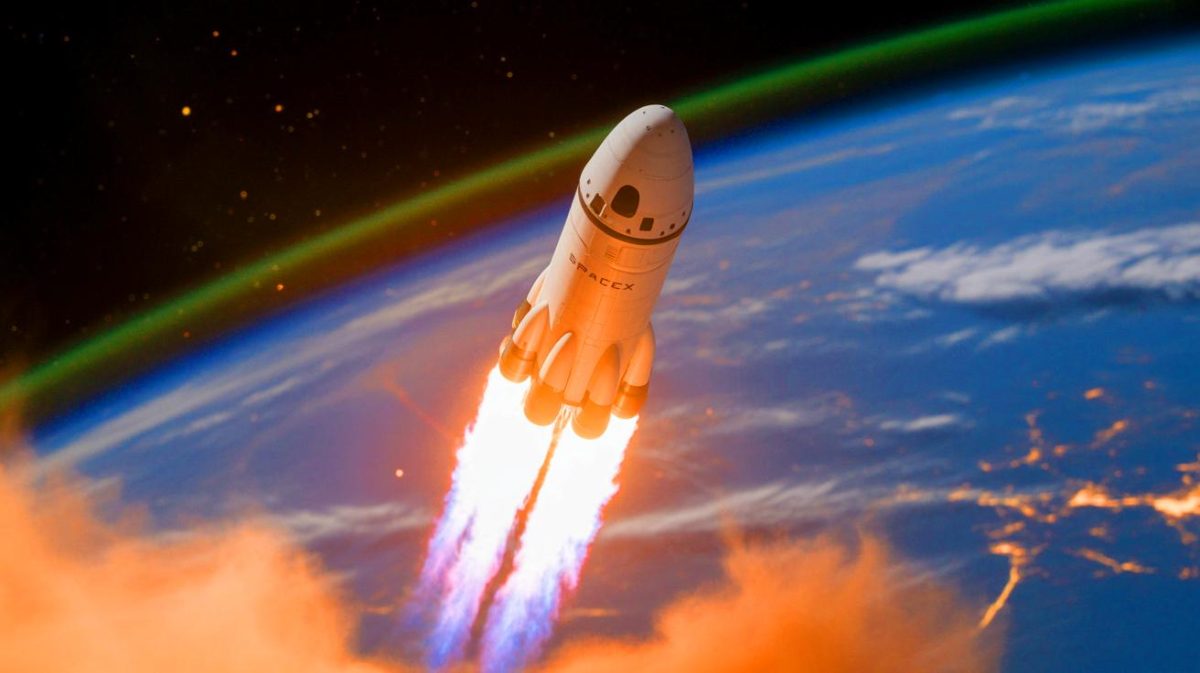| IN A NUTSHELL |
|
The recent return of SpaceX’s Dragon capsule has garnered significant attention in the realm of space exploration. With a payload of 6,700 pounds of advanced technology from the International Space Station (ISS), this mission underscores the collaborative efforts between NASA and commercial spaceflight companies. The innovations brought back promise to propel scientific and technological advancements, offering insights into material durability, robotic capabilities, imaging technology, and educational initiatives. As these projects continue to unfold, their implications could reshape the future of space exploration, influencing both our understanding and utilization of space technology on Earth.
Evaluating Space Material Durability
The Multipurpose International Space Station Experiment, or MISSE-20, was a pivotal part of the Dragon capsule’s payload. This project focused on testing the durability of various materials in the harsh environment of space. Researchers selected samples such as radiation shielding, solar sail coatings, and ceramic composites to evaluate their performance against ultraviolet radiation and extreme temperature changes.
The data gathered from MISSE-20 is expected to have a profound impact on future spacecraft design. By understanding how these materials degrade in space, scientists can develop more robust outer structures and advanced heat shields. Such advancements are crucial for the safety and longevity of spacecraft intended for deep space missions. As humanity aims for further reaches of our solar system, these insights are invaluable.
Innovations in Robotic Technology
The Astrobee-REACCH system, part of the payload, represents a significant leap in robotic technology. This system integrates free-flying robots with tentacle-like arms, equipped with adhesive pads designed for microgravity environments. These robots demonstrated their capability to grasp and move objects of varied shapes and textures.
The potential applications of Astrobee-REACCH are vast. They could revolutionize satellite servicing, orbital debris management, and repositioning tasks in space. As orbital technology advances, such innovations are essential for enhancing the safety and efficiency of space operations. These robots could play a pivotal role in maintaining and optimizing our space assets.
Advancements in Space Imaging
Another noteworthy component of the Dragon capsule’s cargo was the OPTICA experiment, focusing on image compression and transmission. This project aimed to optimize the bandwidth needed for transmitting hyperspectral images from space, enhancing real-time transmission capabilities.
The success of OPTICA could significantly impact areas like disaster response and environmental monitoring. By improving the efficiency of space-based imaging systems, this technology promises to lower costs and enhance data utilization on Earth. Such advancements are crucial for addressing global challenges through enhanced monitoring and response capabilities.
Inspiring Young Minds Through Space
The Story Time from Space project is another remarkable initiative that returned with the Dragon capsule. ISS astronauts read STEM-themed books in microgravity, recording demonstrations to accompany the readings. These were then shared with classrooms worldwide, enriching an educational video library.
This project aims to spark interest in space science among young students, bridging the gap between Earth and space. By offering these stories and demonstrations, the initiative fosters a new generation of explorers and scientists. Such educational efforts are essential for nurturing future leaders in space exploration and scientific discovery.
The Dragon capsule’s successful mission highlights the ISS’s critical role as a testing ground for technologies that can transform life on Earth and aid in the exploration of the cosmos. Each mission advances our ambitions of reaching the Moon, Mars, and beyond. As we anticipate future missions, what new discoveries and technologies will emerge to shape our journey into space?
Did you like it? 4.6/5 (27)






Wow, 6,700 pounds of tech! How did they fit it all in there? 🚀
Les avancées robotiques sont impressionnantes, mais est-ce qu’on ne risque pas de remplacer trop de jobs humains? 🤔
Merci SpaceX pour nous ramener toutes ces technologies. C’est fascinant! 😊